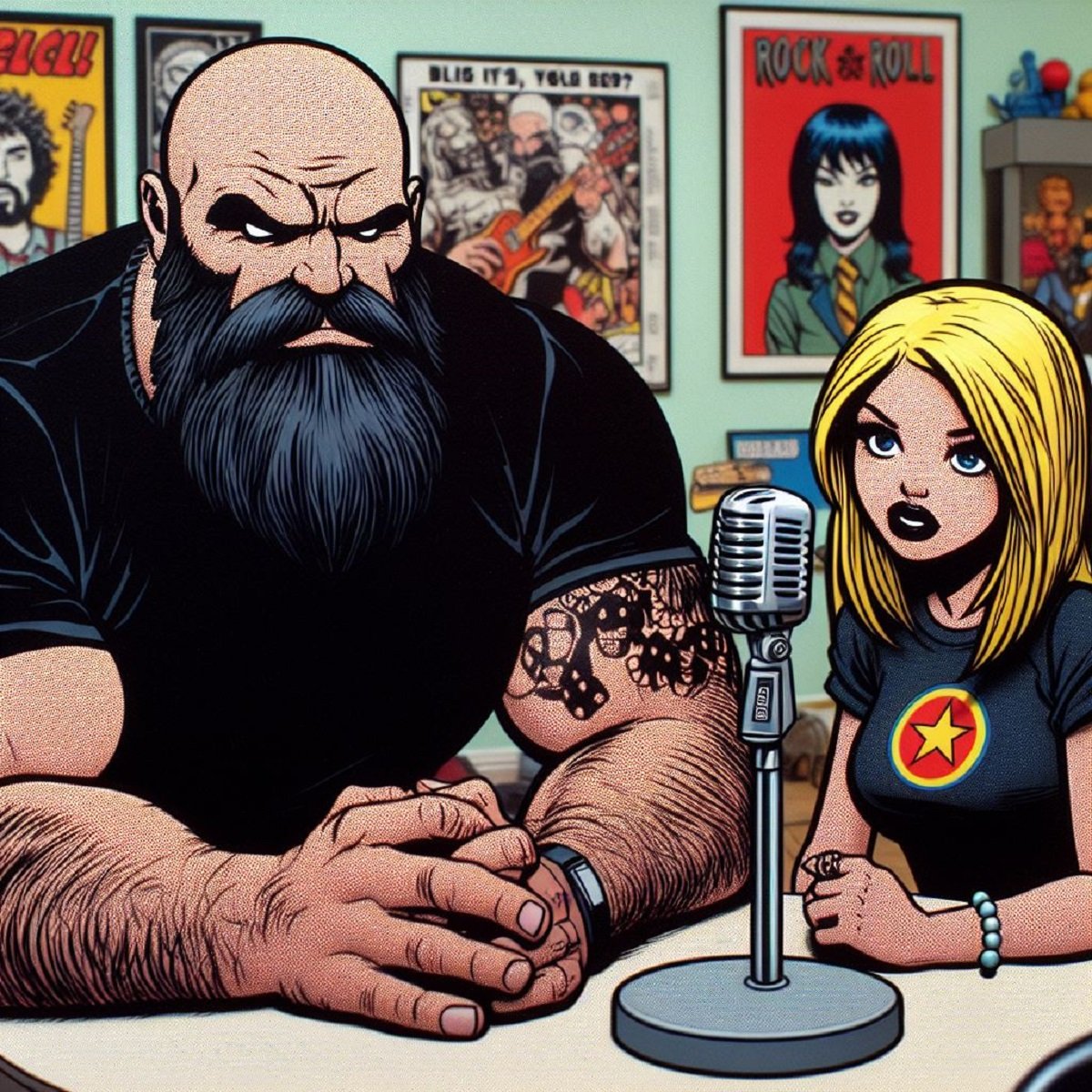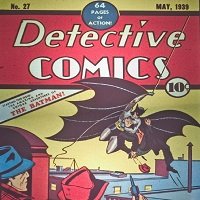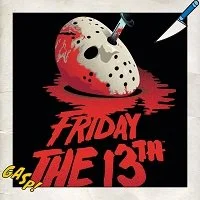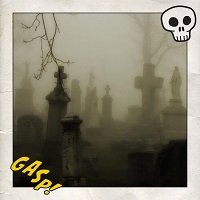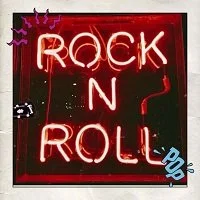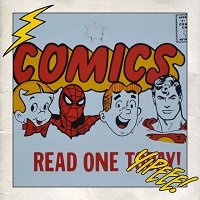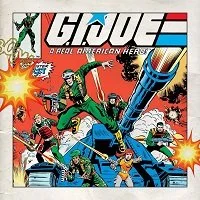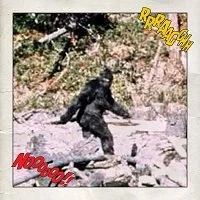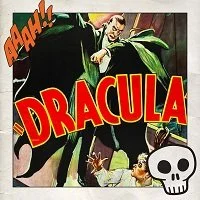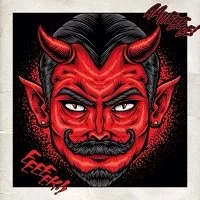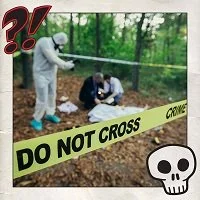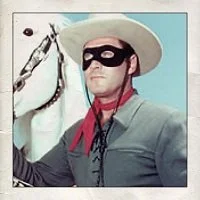My Top 10 Hard Rock Albums of 1976
By Joseph Perry (@JosephWPerryJWP; tastethemilkofchocula.blogspot.com)
With so many websites currently taking a look at the best music of 2016, I thought I would do something different for When It Was Cool and take a look back at my favorite hard rock albums that celebrated their 40th anniversaries in 2016. Although every year has its classics, it’s hard to argue that 1976 was an absolutely outstanding year for heavy rock music. I hope you find some of your lifelong favorites here and maybe a new discovery or two.
Kiss, Destroyer. Kiss absolutely ruled the rock and roll world once they released Destroyer to follow up their legendary Alive! Album. Whereas their three previous studio albums had been missing the spark that came across in their live concerts, and were sometimes marred by production or sound quality issues, producer Bob Ezrin worked closely with the band to broaden not only the engineering techniques but also the scope of material. Ezrin nudged Kiss into pop territory while keeping their seven-inch leather heels firmly planted in the hard rock that brought them to the dance. Amazingly, Kiss would follow up Destroyer that same year with their Rock and Roll Over album. I’m limiting my top 10 list to one album per band; otherwise, Rock and Roll Over would be listed here, as well.
Kiss, “Detroit Rock City”
Rainbow, Rising. In my opinion, none of the musicians ever sounded better in their other projects than they did together on this phenomenal long-player. I know that’s saying a lot, but lead guitarist Ritchie Blackmore was at the peak of his remarkable powers here, and Ronnie James Dio not only gives what I feel are his finest vocal performances (though his work on Black Sabbath’s Heaven and Hell comes mighty close), but I feel that his lyrics here are his strongest, as well. Cozy Powell’s drumming is jaw-dropping. Produced by Martin Birch, Rising is a sheer masterpiece of hard rock.
Rainbow, “Stargazer”
Sweet, Give Us a Wink. This British rock quartet gave into their hard rock leanings and officially said goodbye to their Chinn-Chapman glam and pop-rock past with a self-produced album that is tough, nasty, and unapologetic. The single “Action” showed that they meant business. For a personal anecdote about how I first heard this long-player, please check out my “A Beginners’ Guide to Sweet, Part 2: The Albums” article at That’s Not Current: http://www.thatsnotcurrent.com/a-beginners-guide-to-sweet-part-2-the-albums/
Blue Oyster Cult, Agents of Fortune. The band’s fourth album broke them into the big time with the radio hit “Don’t Fear the Reaper.” Agents is rich with nuanced performances and intriguing lyrics, including their straight-faced though slyly humorous takes on mysticism and the occult.
Blue Oyster Cult, “Morning Final”
Rush, All the World’s a Stage. This outstanding live double album was released just a few months after the band’s terrific 2112 long-player, and was recorded on the tour for that record. This was my introduction to Rush, and a fine one it was as it captures the electricity, excitement, and top-notch musicianship of the band in a way that I feel some of its four studio predecessors fell short of doing.
Rush, “Bastille Day”
Queen, A Day at the Races. The legendary British quartet followed up its phenomenal A Night at the Opera album with this strong effort, which didn’t stray too far from the eclectic styles of its predecessor but didn’t slavishly ape it, either. This is the first Queen album without Roy Thomas Baker at the knobs, as the band self-produced here. Hard rock meets a bevy of other styles and influences on this fun long-player.
Queen, “White Man”
Aerosmith, Rocks. One of the big rock music debates in the press and on school campuses in 1976 was whether Kiss’ Destroyer or Aerosmith’s Rocks was the better album. As a huge Kiss fan and a more casual fan of Aerosmith, it’s obvious where I sided, but back then (and still today), I couldn’t understand why people took such divisive stances when both long-players were so great. Aerosmith is in top form here, rocking arguably harder than they had before and than they ever would again.
The Runaways, The Runaways. The debut by this all-girl band roared its way into the hearts and imaginations of seventies teens, kicking off with the snarling “Cherry Bomb” and never letting up. Their mixture of punk attitude and hard rock posturing was a volatile combination that fairly jumps through the speakers. The lyrics were occasionally corny but that was easily overlooked when they worked (album closer “Dead End Justice” is an example of both styles in the same song).
Thin Lizzy, Jailbreak. This album is the one that launched Thin Lizzy’s success in America, especially with the hit single “The Boys Are Back in Town.” Unfortunately, many listeners then and now only know the band by way of that song, and they are missing out on some of the best rock music of that era. Thin Lizzy’s twin-lead guitar attack was heavily influential on other bands.
Thin Lizzy, “Emerald”
Tie: UFO, No Heavy Petting and AC/DC, High Voltage. These two albums have in common the fact that they garnered some stateside recognition for each band (UFO from England and AC/DC from Australia) but neither was the breakout release each group would have later down the road. These long-players provide glimpses into bands that were still finding their footing before hitting on their trademark sounds and becoming hard rock legends. Here, UFO takes a streetwise yet complex and mannered approach to its material, while AC/DC sticks with a simpler, stripped-down, blues-based technique. (For more about UFO, check out my two-part “A Beginner’s Guide to UFO” series for When It Was Cool here (http://www.whenitwascool.com/ufo-the-band/) and here (http://www.whenitwascool.com/ufo-the-band-2).
UFO, “Natural Thing”
AC/DC, “Live Wire”
Besides contributing to When It Was Cool, Joseph Perry also writes for the retro pop culture website That’s Not Current (thatsnotcurrent.com), the Gruesome Magazine horror movie website (gruesomemagazine.com), and several other print and online film critique magazines.
